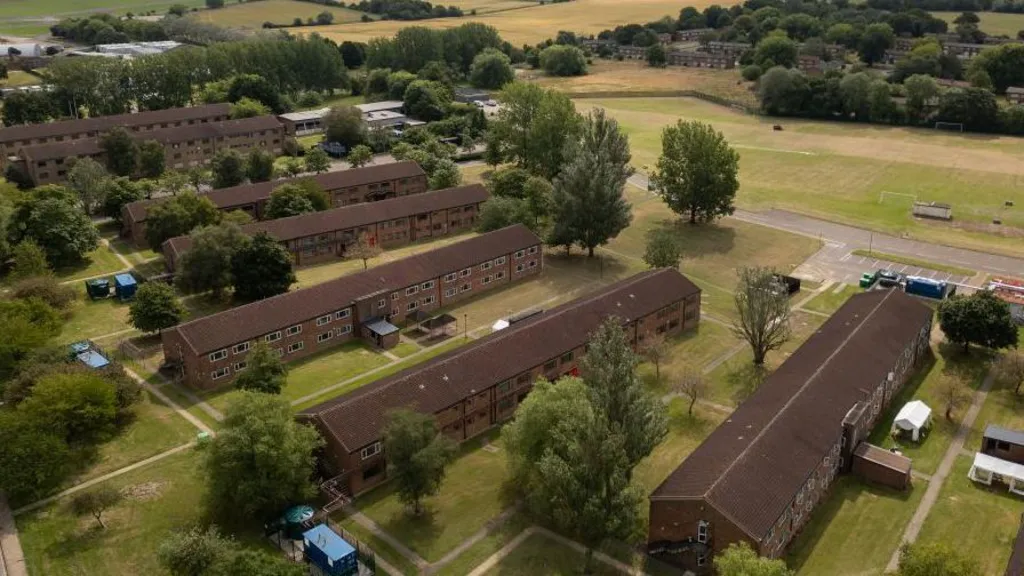
A government scheme to use vacant military land for new homes was quietly shelved two years ago without a single house being built. The plan was meant to deliver up to 10,000 new homes, but came to an end after the Ministry of Defence (MoD) withdrew most of the chosen sites from the programme. Earlier this year the MoD identified further surplus “brownfield” land that could be used for almost 35,000 new homes.
But the BBC can reveal that none of that land has yet been released or sold by the government either.
Labour put housing front and centre of its general election campaign and pledged to deliver 1.5 million new homes in the next five years. On Thursday, Housing Secretary and Deputy Prime Minister Angela Rayner said housebuilding had been held back by “a failure to make sure the development system is working as it should”.
She was speaking at the launch of a new team of planning experts that will be deployed to potential housing sites to work through blockages and and local issues.
Polly Neate, chief executive of housing charity Shelter, told the BBC: “Government-owned land that is well located and suitable for housing is hard to come by, so when it’s available, it is vital that it is used to deliver more social rent homes for families on low incomes. The now defunct MoD scheme, which was launched in 2019 and involved a partnership with Homes England, the government’s housing agency, identified an initial seven sites for development.
Homes England was set up by the last Conservative government and has a remit to acquire land and help build more affordable houses. One site at MoD Stafford was released to Homes England but remains undeveloped.
Another in Ripon, in North Yorkshire, is still under consideration for private development and could accommodate 1,300 new houses.
The other five sites, at Prince William of Gloucester Barracks in Grantham, Lincolnshire; Swynnerton camp, in Stone, Staffordshire; RAF Henlow in Bedfordshire; Chetwynd Barracks in Chilwell, Nottinghamshire and Wethersfield Airfield in Braintree, Essex, were withdrawn from the programme by the government.
Reasons for withdrawal included military needs in the wake of the Ukraine invasion and Home Office plans to house asylum seekers. It is understood some of the land initially identified was instead kept under MoD control and used to train Ukrainian soldiers.
Wethersfield Airfield had been one of the earmarked sites, but was instead taken over by the Home Office and began accommodating asylum seekers in July last year. The original plan had been to build as many as 4,850 homes across the airfield site, which included disused runways and other land, but the MoD decided to retain it.
The Home Office then took over former barracks buildings on one part of the site to use as accommodation for 800 asylum seekers, which it said was a cheaper alternative to hotels.
Source: BBC










